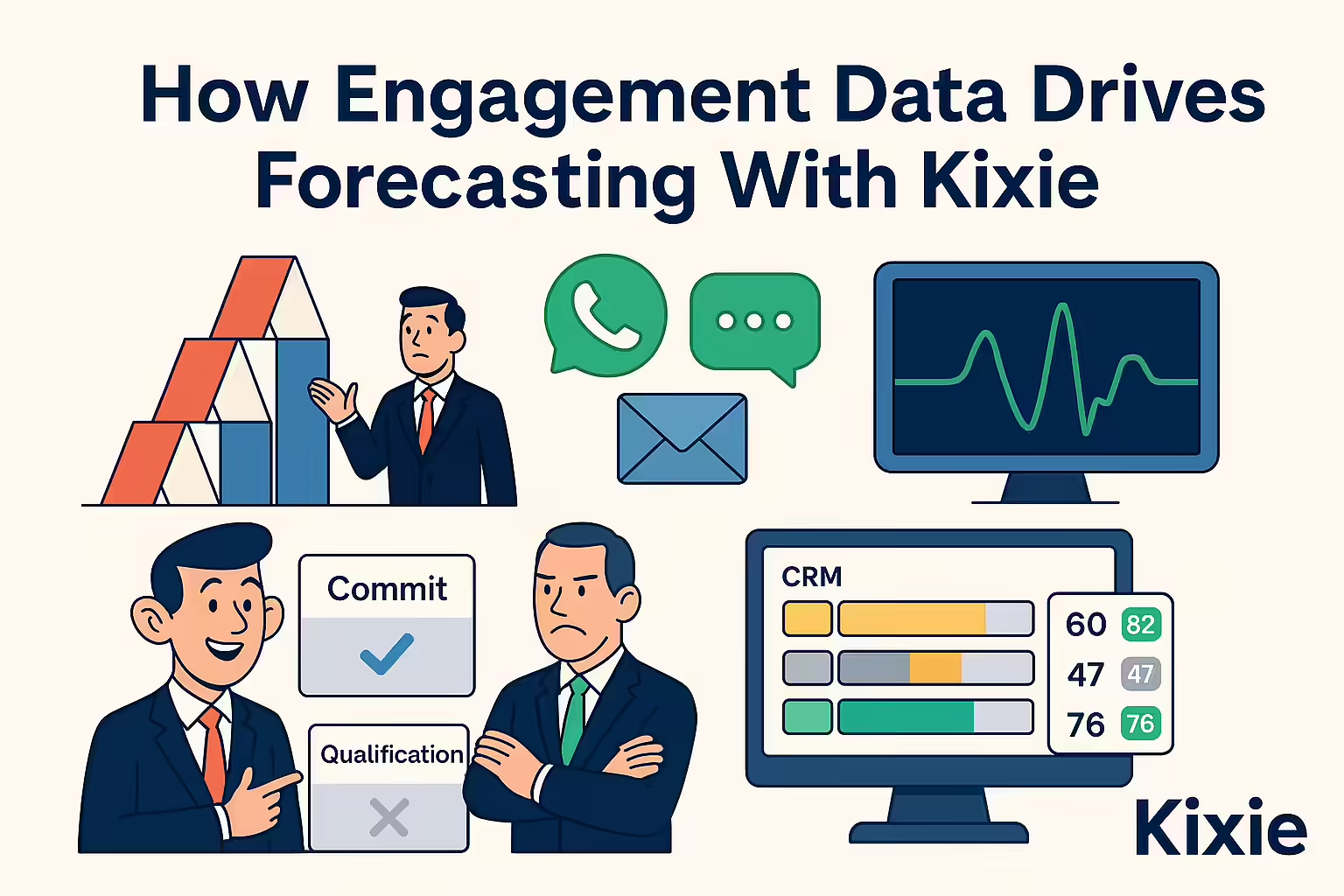
How Engagement Data Drives Forecasting With Kixie
How Engagement Data Transforms Sales Forecasting Stop building forecasts on hope and guesswork. Discover how objective engagement data creates predictable
For GTM leaders drowning in disconnected tools and manual processes, Revenue Orchestration isn't just another strategy-it's the technology-led engine that finally closes the gap between insight and action. This report breaks down what orchestration truly is, how it differs from RevOps, and provides a framework for choosing the right platform to drive predictable growth for your high-velocity team. Our claim: true orchestration is measured in seconds, not meeting notes.
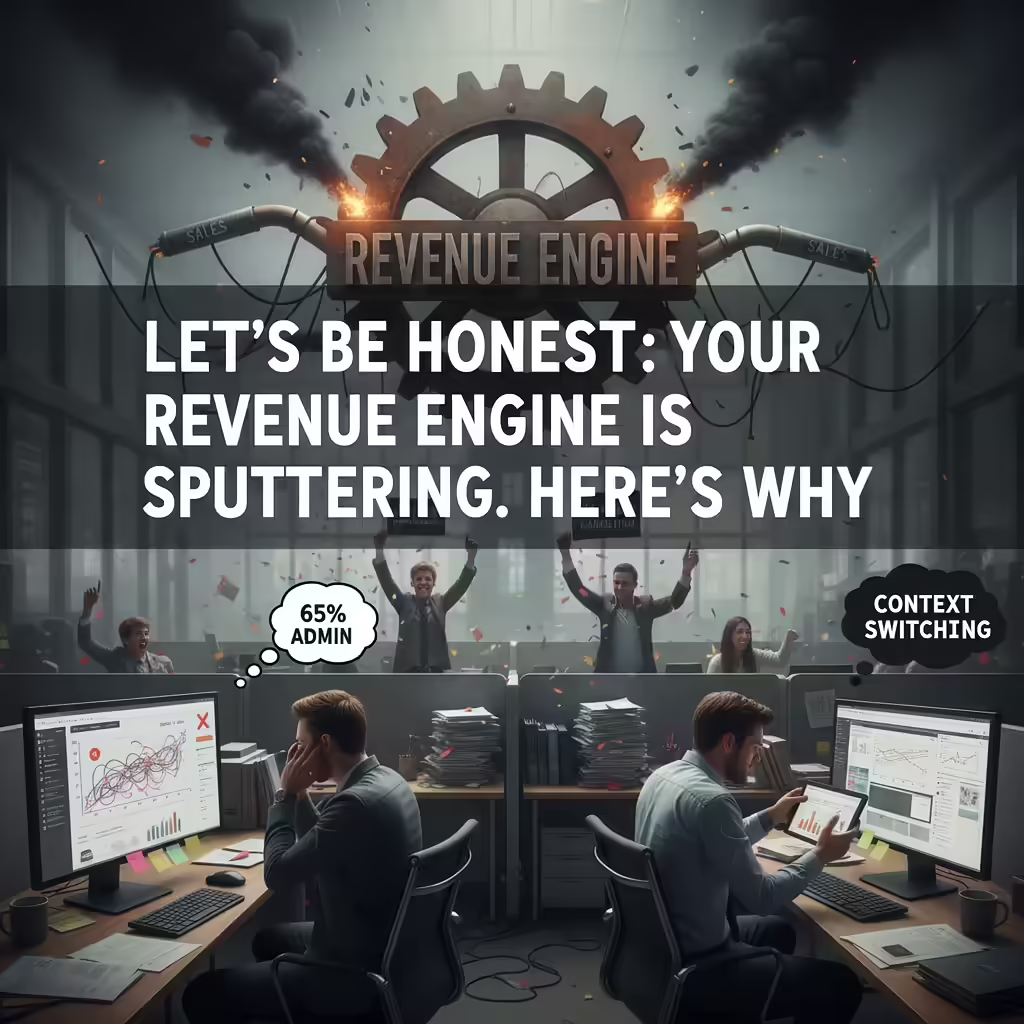
We've all been there. The pipeline review where the forecast is built on hope and a CRM full of stale data. Marketing is celebrating MQLs that sales swears are ghosts. Your best reps spend more time on admin than on selling, with nearly 65% of their day lost to context switching and broken handoffs. It's a familiar, frustrating scene.
This daily struggle is the symptom of a deeper problem: the Strategy-Execution Chasm. Your company has a strategy, likely crafted by a sharp RevOps team. You know what you need to do. But executing that strategy consistently, at scale, across every rep and every interaction, feels impossible.
In an attempt to bridge this chasm, most teams fall into predictable traps: the "Do Nothing" approach that leaves money on the table; the "More is More" philosophy of throwing more people at the problem, which doesn't make the process measurable; or the "Point Solution Puzzle," where buying more tools just creates more complexity and silos.
The root cause of this chasm isn't a lack of effort or a flawed strategy. It's the very technology meant to make us more efficient. The modern go-to-market (GTM) tech stack is a chaotic landscape of disconnected tools. Sales reps juggle an average of 10 different applications just to close a single deal.
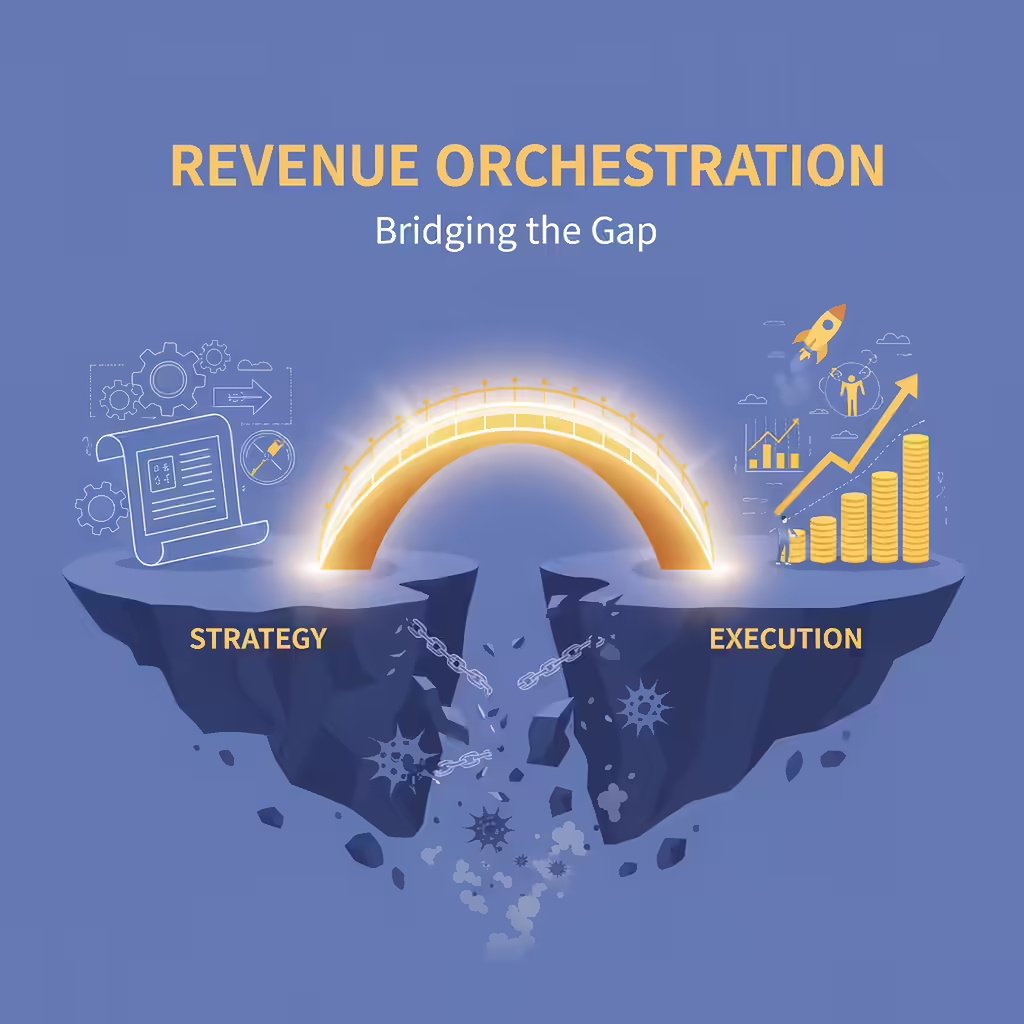
Amid the chaos, a new approach has emerged: Revenue Orchestration. At its core, Revenue Orchestration is the strategic alignment and-this is the critical part-technological execution of all revenue-generating activities across marketing, sales, and customer success. It moves beyond simply aligning teams on paper. It uses technology to ensure every customer interaction is timely, personalized, and informed by real-time data from across the entire customer journey.
Think of it as the central nervous system or the conductor of your GTM symphony. You have dozens of instruments (your reps, your CRM, your marketing automation, your buyer intent data). On their own, they create a cacophony of disconnected noise. Revenue Orchestration acts as the conductor, or the "command center," that unifies these disparate pieces, ensuring they play in perfect harmony to achieve a single, overarching goal: predictable revenue.
The market is rife with confusion, often using "RevOps" and "Revenue Orchestration" interchangeably. They are not the same thing. They are two distinct, yet complementary, sides of the same coin. Understanding the difference is crucial.
RevOps is the blueprint. It is the strategic discipline and the human-led function responsible for aligning people, processes, and data. A RevOps team designs the go-to-market architecture. They map the customer journey, define the rules of engagement, identify key metrics, and create the strategic plan for growth. RevOps answers the "what" and the "why".
Revenue Orchestration is the engine. It is the technology-led execution of the RevOps blueprint. A Revenue Orchestration Platform (ROP) is the software that takes the rules and processes defined by RevOps and brings them to life through intelligent automation, real-time triggers, and guided workflows. Orchestration is the "how," executed at machine speed.
By bridging the gap between strategy and execution, a true orchestration approach solves some of the most persistent and costly problems that plague GTM teams.
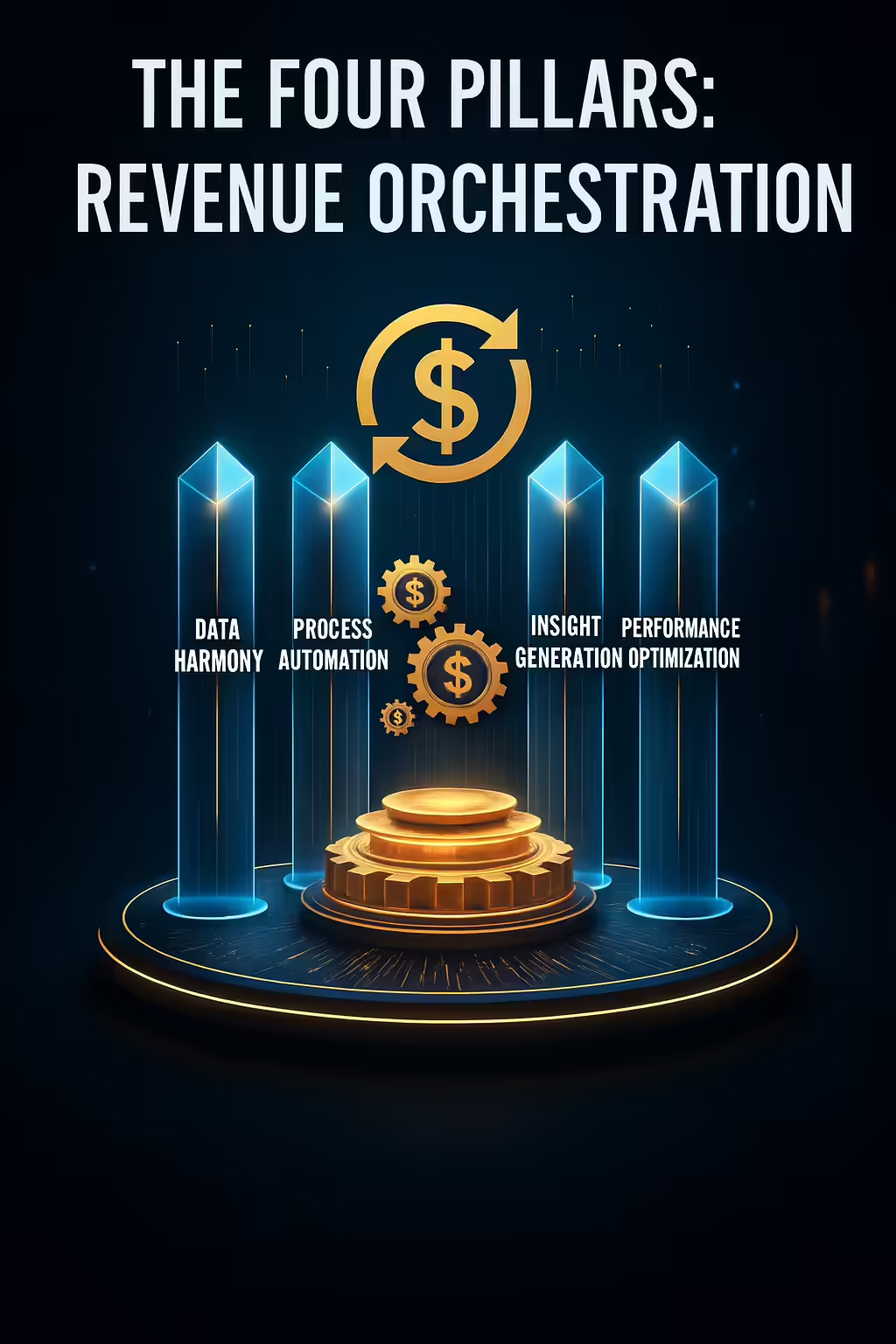
A true Revenue Orchestration Platform is more than just a bundle of features. It's a cohesive system built on four interconnected pillars that work in concert to turn raw data into predictable revenue.
This is the foundation. A true ROP must be able to ingest and synthesize data from every customer touchpoint into a single, real-time view. This includes data from your CRM, marketing automation platform, call and messaging platforms, and third-party buyer intent sources.
With a unified data foundation, the next pillar is using that data to power intelligent automation. This goes far beyond the simple "if this, then that" rules of traditional automation tools. This pillar leverages AI to automate complex revenue workflows.
This is the action layer, and it's where most platforms fall short. It's the ability to turn an insight or a signal into an immediate, executed task directly within a rep's existing workflow.
The final pillar creates a self-improving feedback loop. The outcomes of every executed action-every call, every email, every meeting-are automatically captured and fed back into the system.
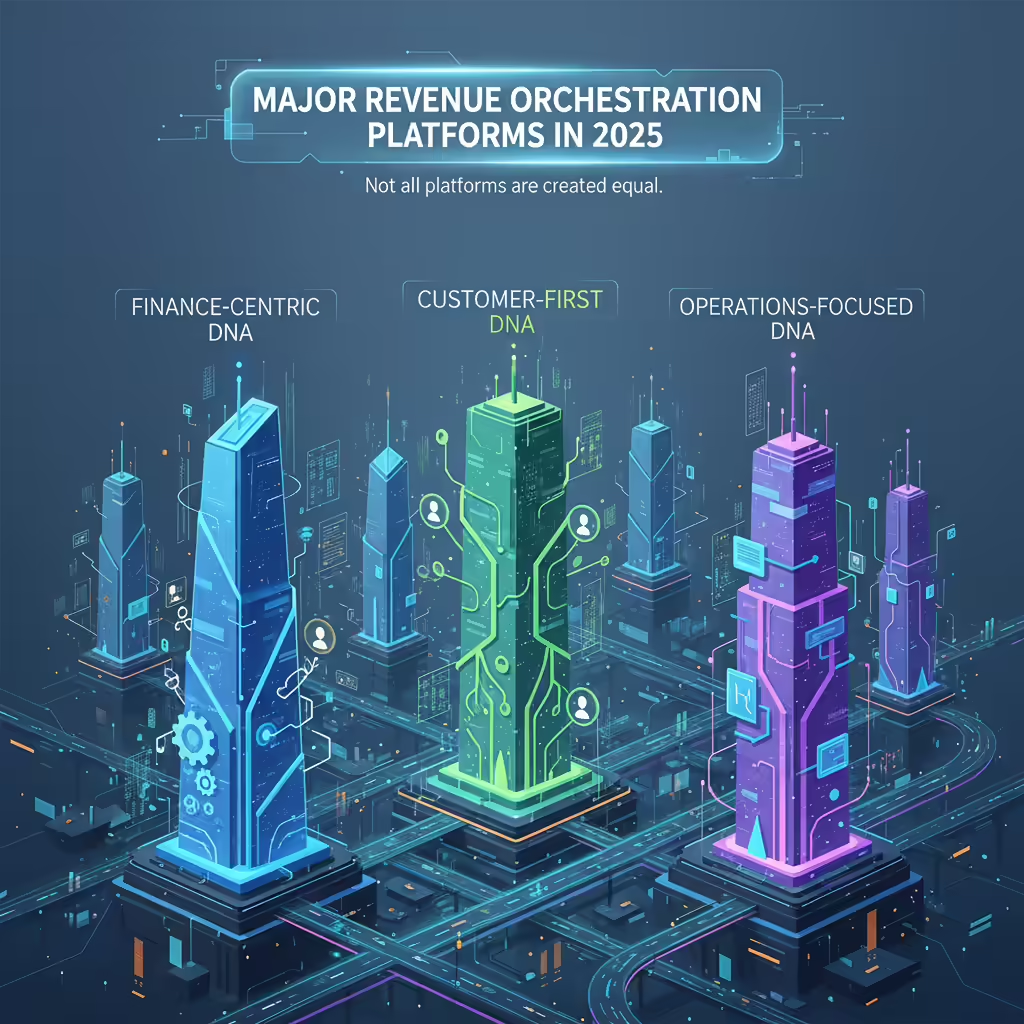
The ROP category, officially coined by analysts at Forrester, is rapidly maturing and consolidating around a few key players. However, the "ROP" label can be misleading, as not all platforms are created equal.
These platforms are the pioneers of the sales engagement space and have evolved into comprehensive ROPs by acquiring or building out capabilities for conversation intelligence, forecasting, and deal management.
These platforms lead with what can be described as "Analytical AI." Gong is the undisputed leader in conversation intelligence, using AI to analyze past call recordings to surface coaching opportunities and strategic insights.
Here's the hard truth: the major platforms are fantastic at orchestrating two things: asynchronous communication (like email sequences) and post-mortem analysis (like reviewing call recordings). But revenue isn't generated in an email thread or a post-call debrief. It's generated in the synchronous, high-impact moments of a live conversation.
Kixie is positioned as the indispensable execution engine for the most critical part of the revenue process: making live contact. While other ROPs provide the strategic blueprint or the post-game analysis, Kixie provides the horsepower to win the moment.
| Platform | Primary Focus | Ideal For | Key Strength | Communication Channels |
|---|---|---|---|---|
| Platform Salesloft / Outreach | Primary Focus Consolidation & Workflow | Ideal For Enterprise GTM Teams | Key Strength Email Cadence & Process Adherence | Communication Channels Email (Primary), Voice/SMS (Secondary) |
| Platform Gong / Clari | Primary Focus Analysis & Forecasting | Ideal For RevOps & Leadership | Key Strength AI-Powered Insights from Past Data | Communication Channels N/A (Analysis Tool) |
| Platform Kixie | Primary Focus Action & Connection | Ideal For High-Velocity Sales/BDR Teams | Key Strength Instant Speed-to-Lead & Live Conversations | Communication Channels Voice & SMS (Primary), Email (via Integration) |

Moving from a chaotic, siloed GTM motion to a fully orchestrated one delivers tangible, measurable results that extend far beyond simple efficiency gains.
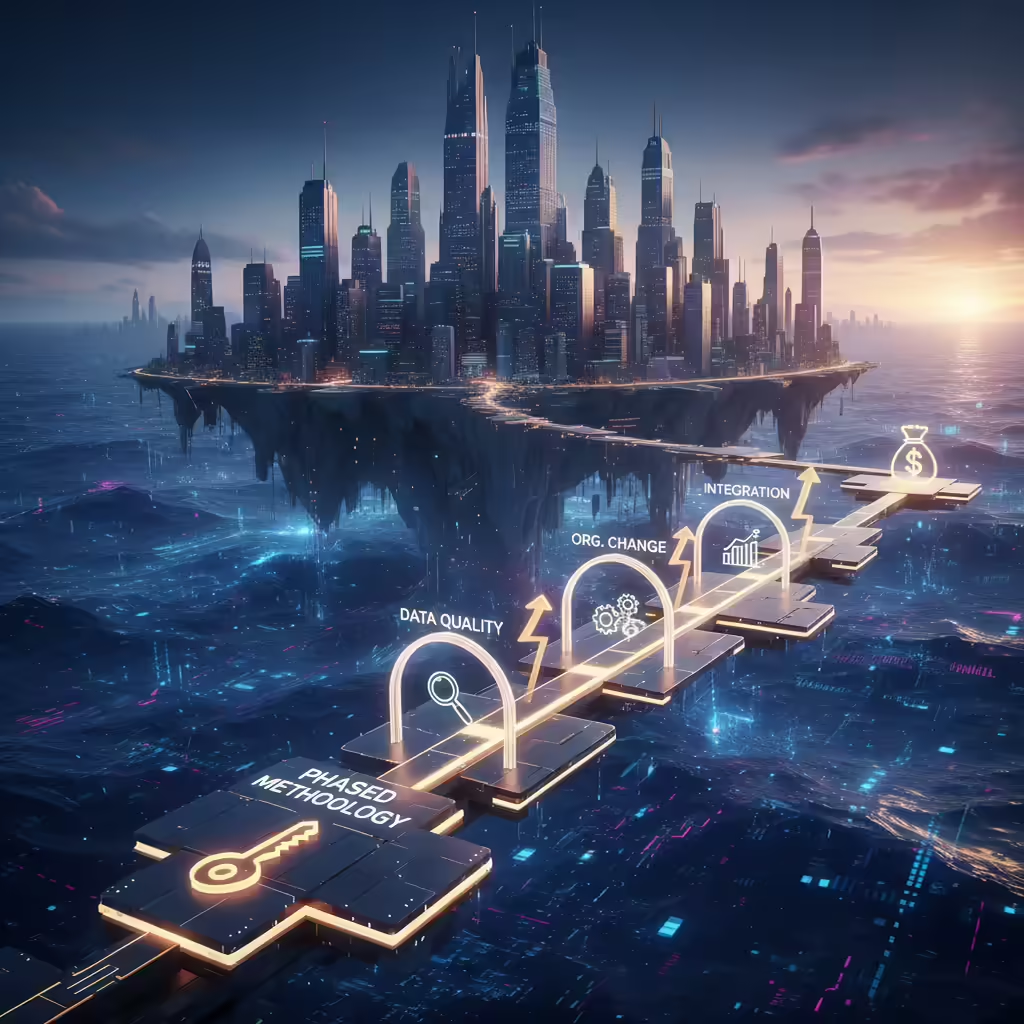
The prospect of implementing a full orchestration strategy can feel daunting. The key is to avoid a "big bang" approach and instead adopt a phased, pragmatic methodology.
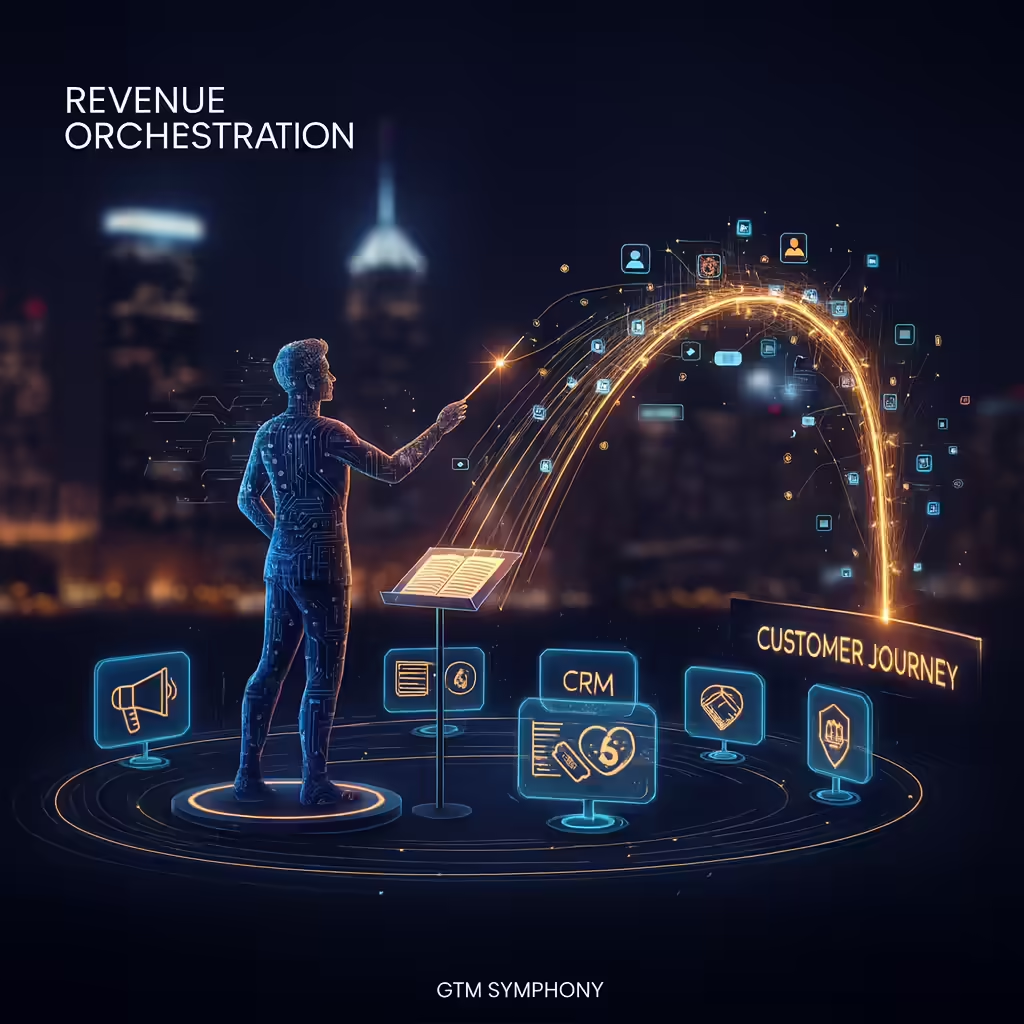
Revenue orchestration is not a static concept; it's a rapidly evolving discipline. As technology advances, the capabilities and impact of orchestration will continue to grow.

How Engagement Data Transforms Sales Forecasting Stop building forecasts on hope and guesswork. Discover how objective engagement data creates predictable
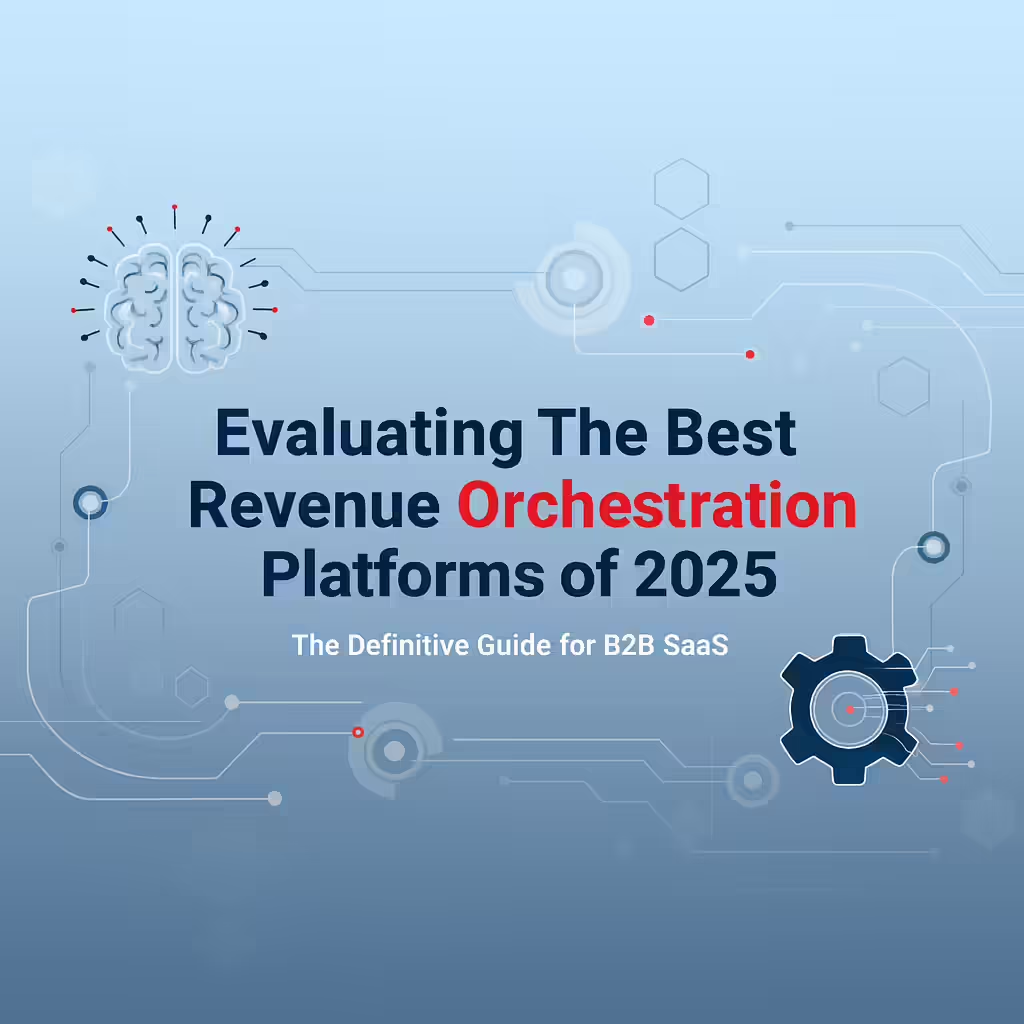
ROP vs. RevOps Software vs. Revenue Platforms The terminology in the revenue technology space can be confusing, but the distinctions
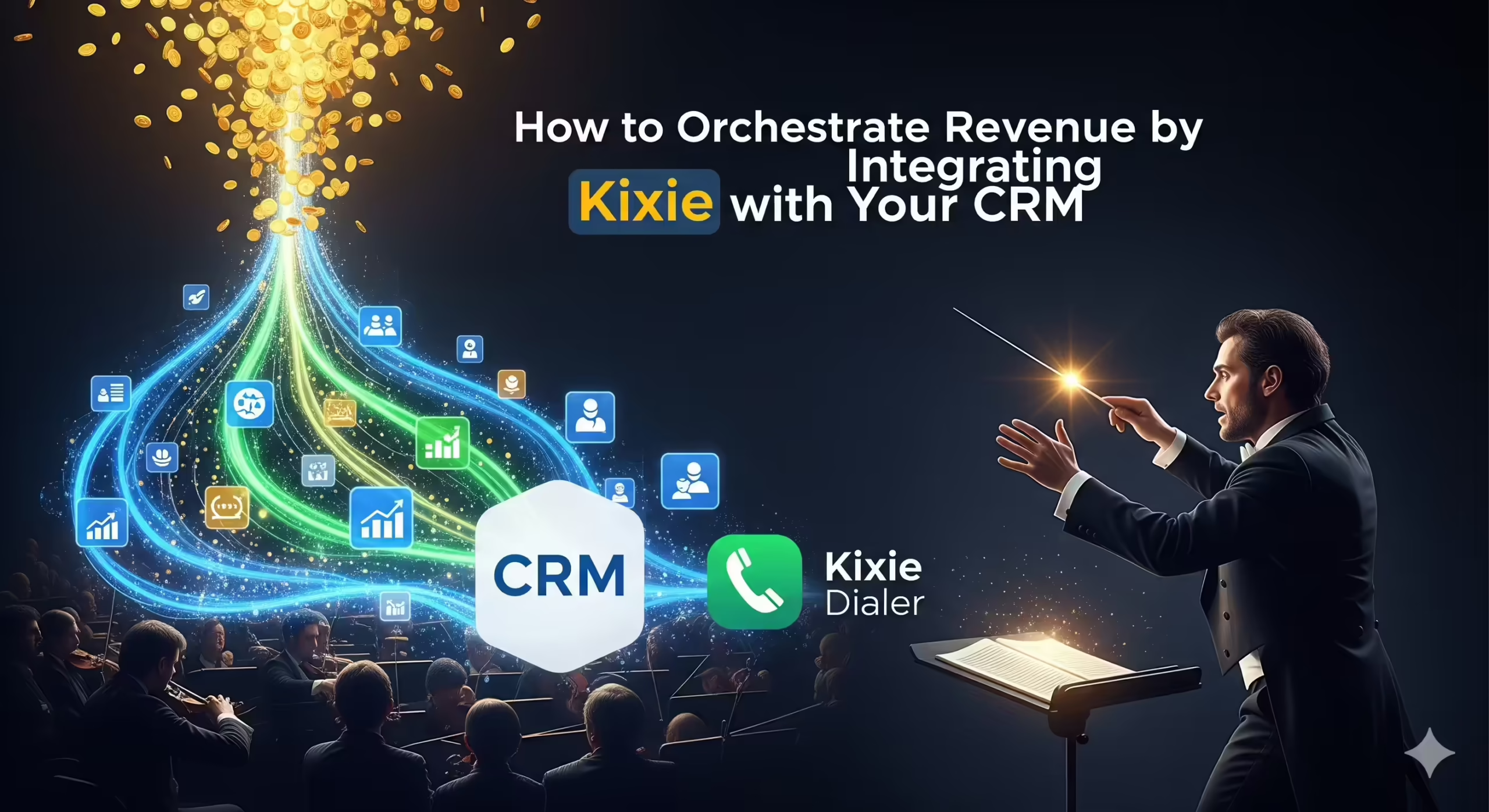
How Your Disconnected Tech Stack is Silently Draining Revenue Death by a Thousand Tabs Imagine your top-performing sales rep starting
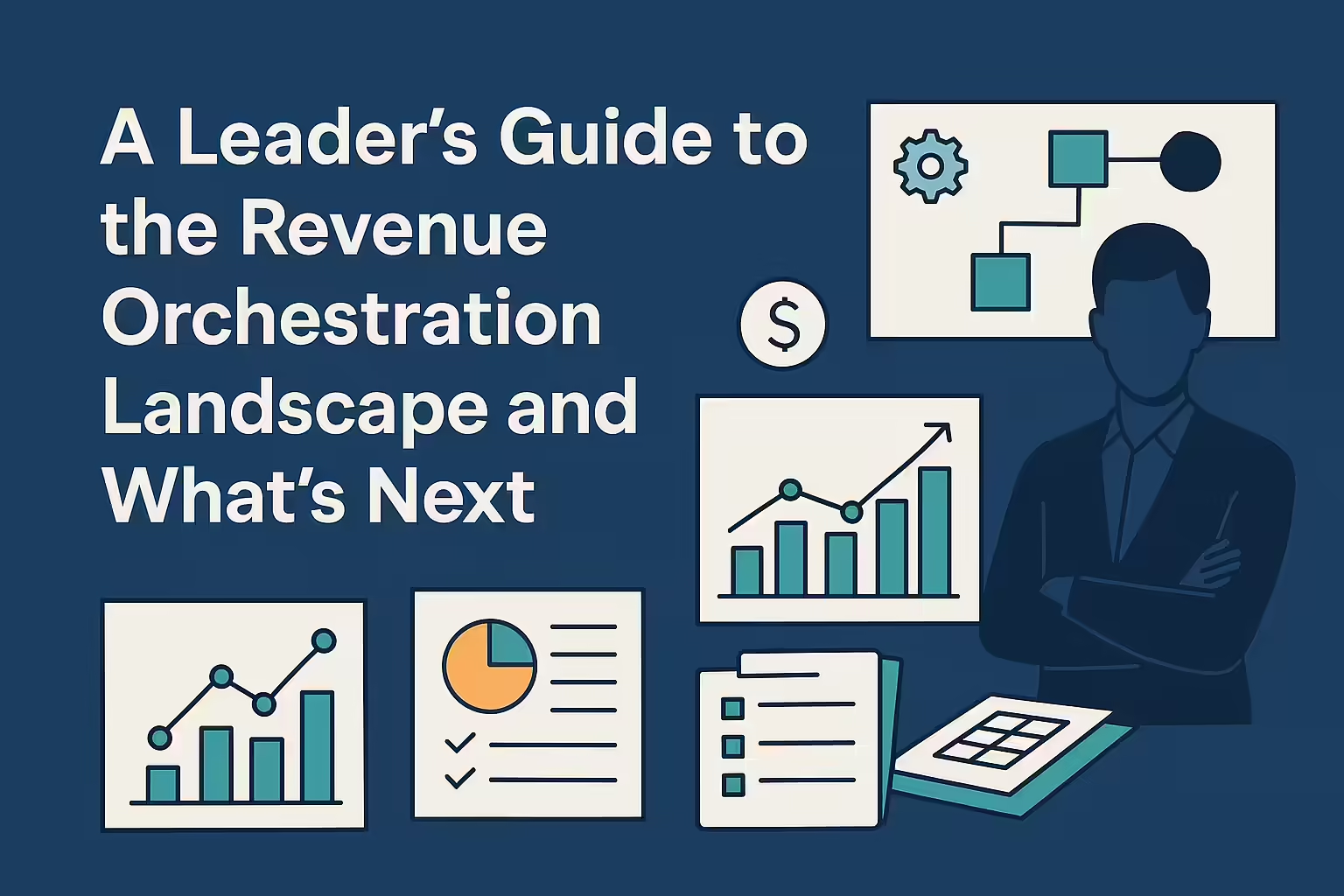
Why More Tools Lead to Less Clarity The modern sales landscape presents a striking paradox. Over the last decade, a
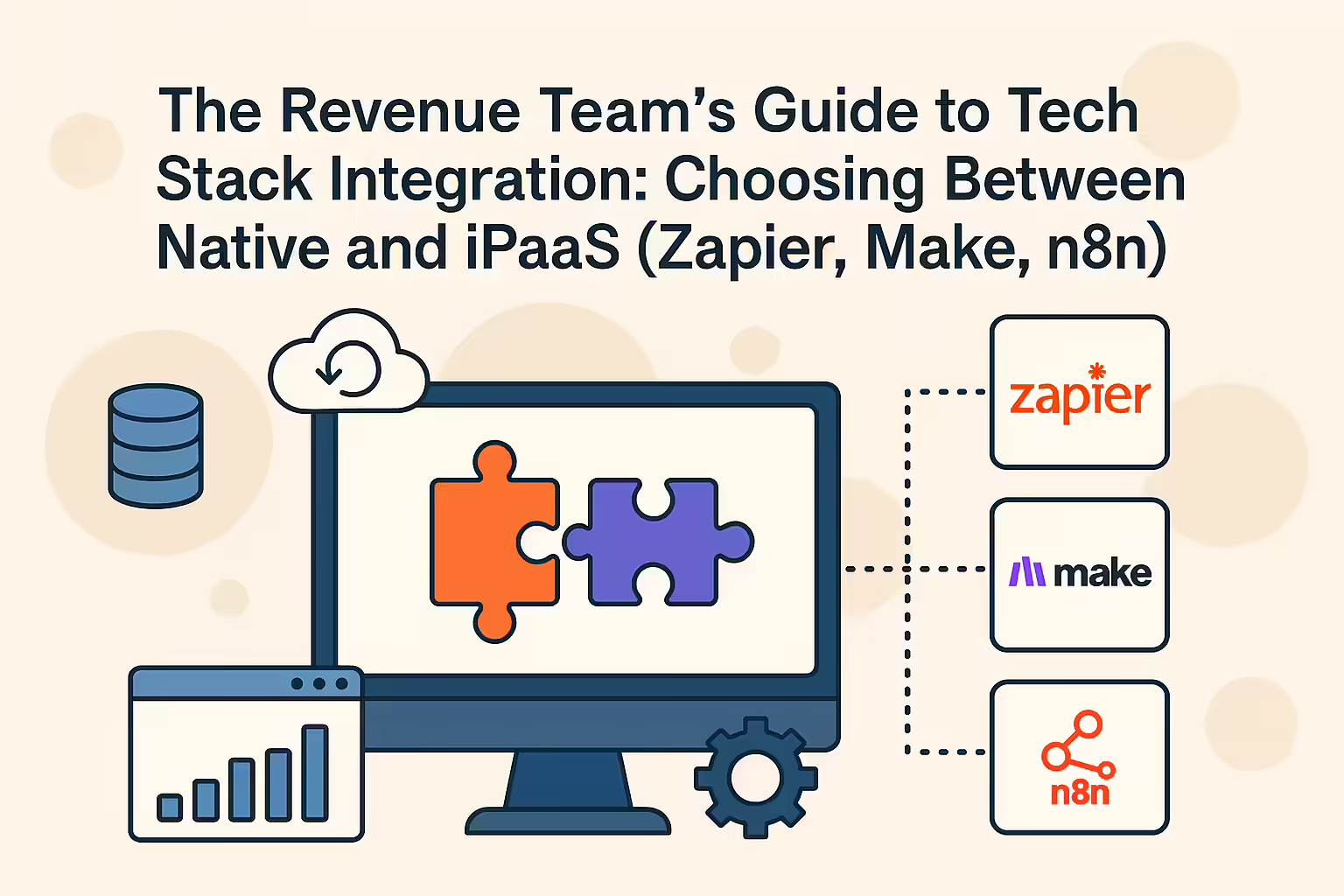
Beyond Disconnected Tools-The Rise of Revenue Orchestration For modern revenue leaders, the technology landscape often feels like a double-edged sword.
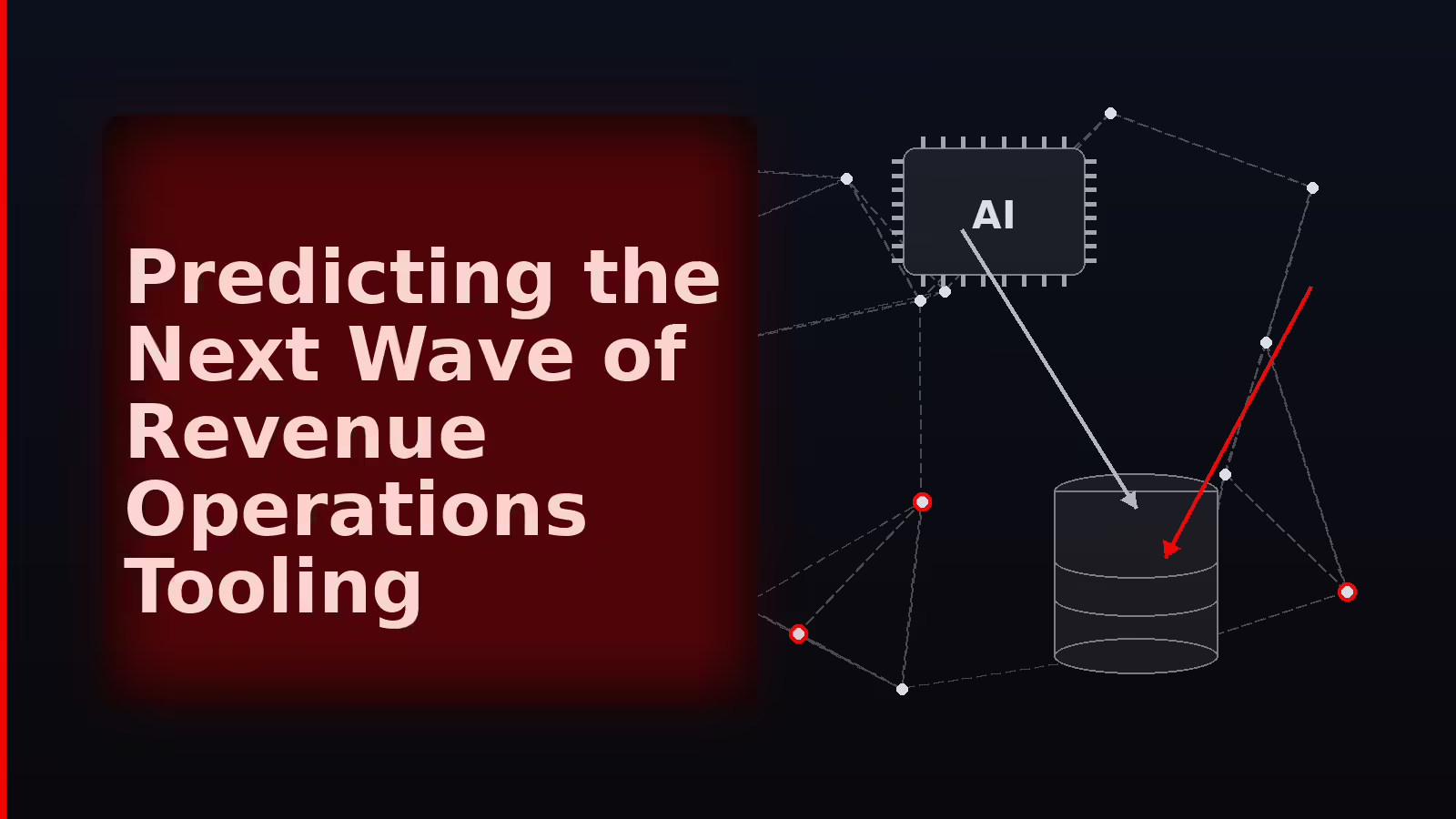
Why Today’s Advanced Tech Stacks Create Friction The discipline of Revenue Operations (RevOps) was born from a simple, powerful idea:
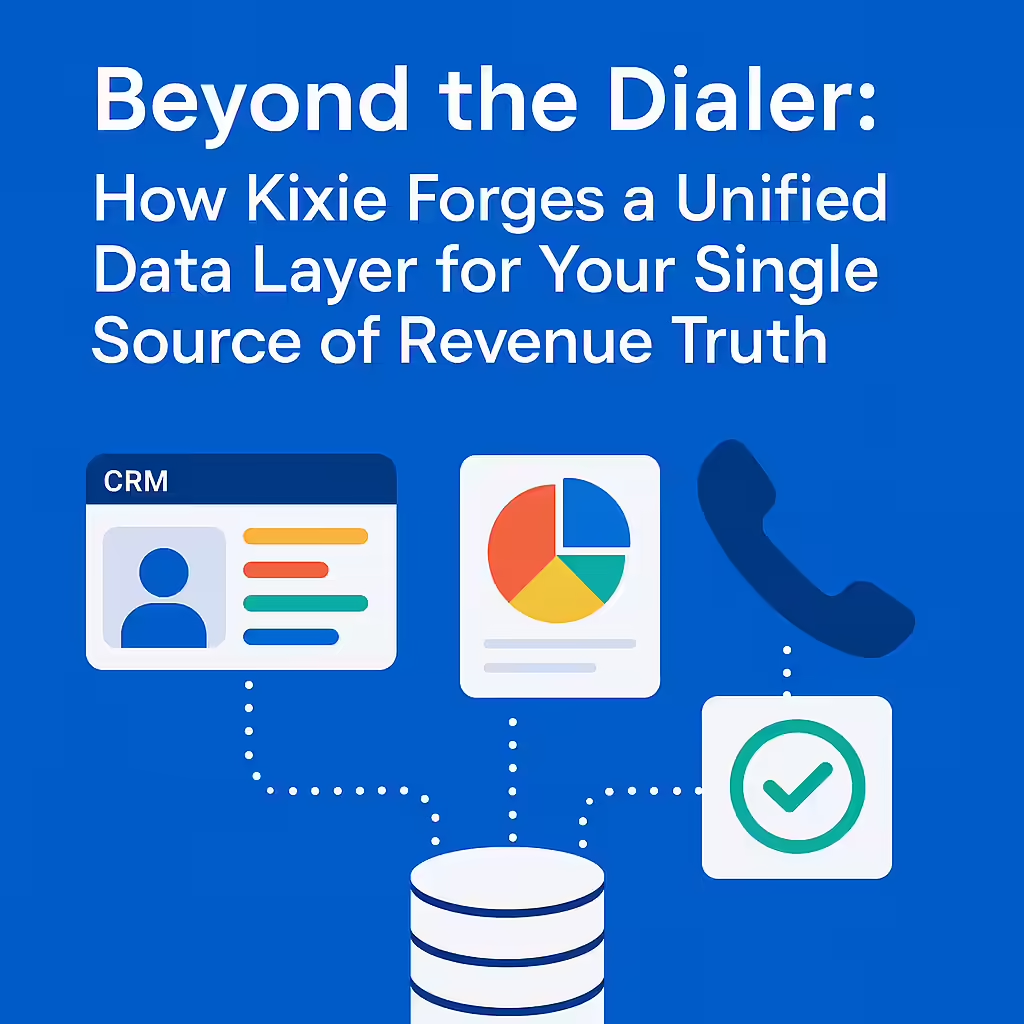
The High Cost of a Disconnected Revenue Engine Modern revenue leaders face a significant challenge, often referred to as the
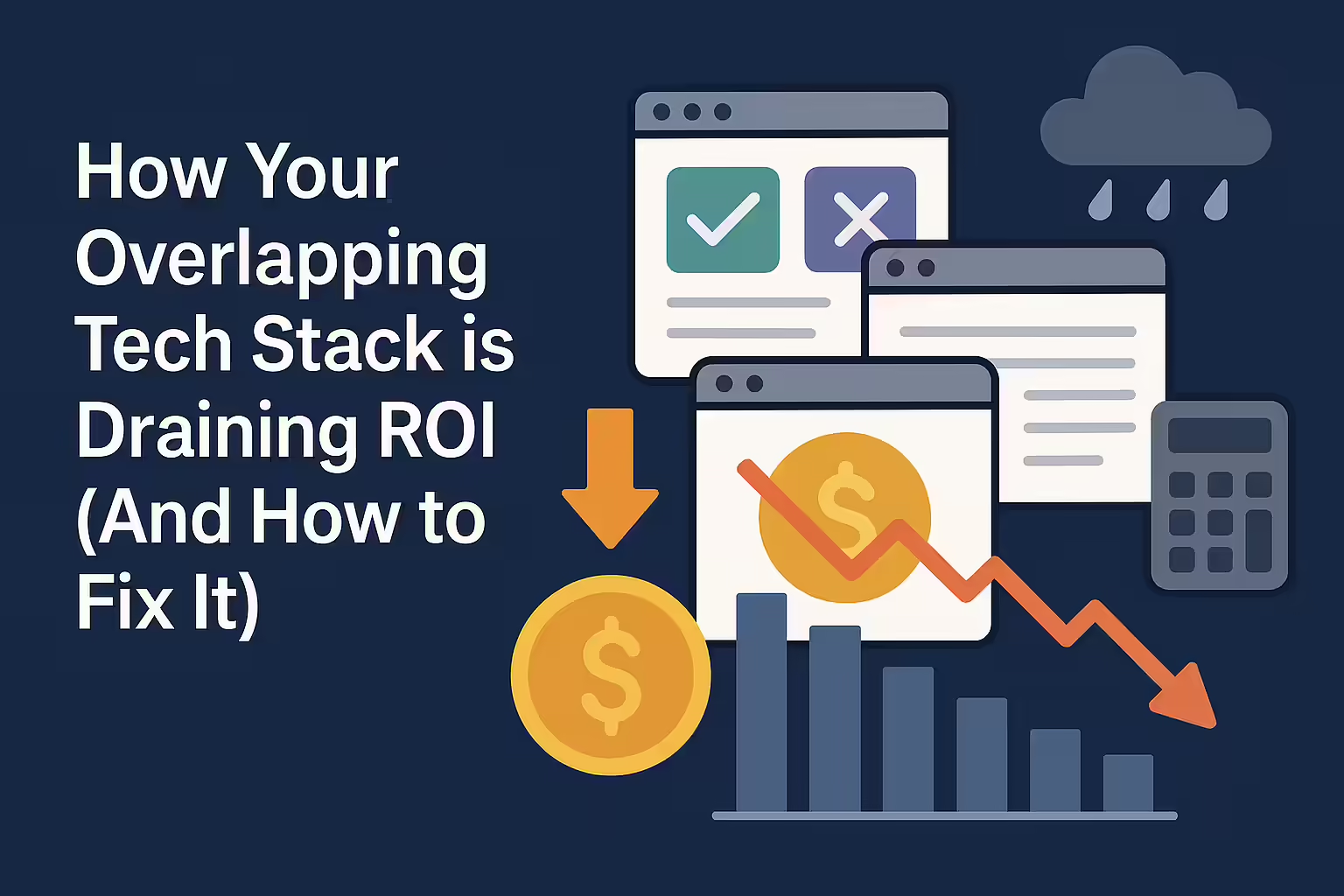
The Hidden Tax on Your P&L That Your CFO Can’t See In boardrooms and executive meetings, leaders track every line
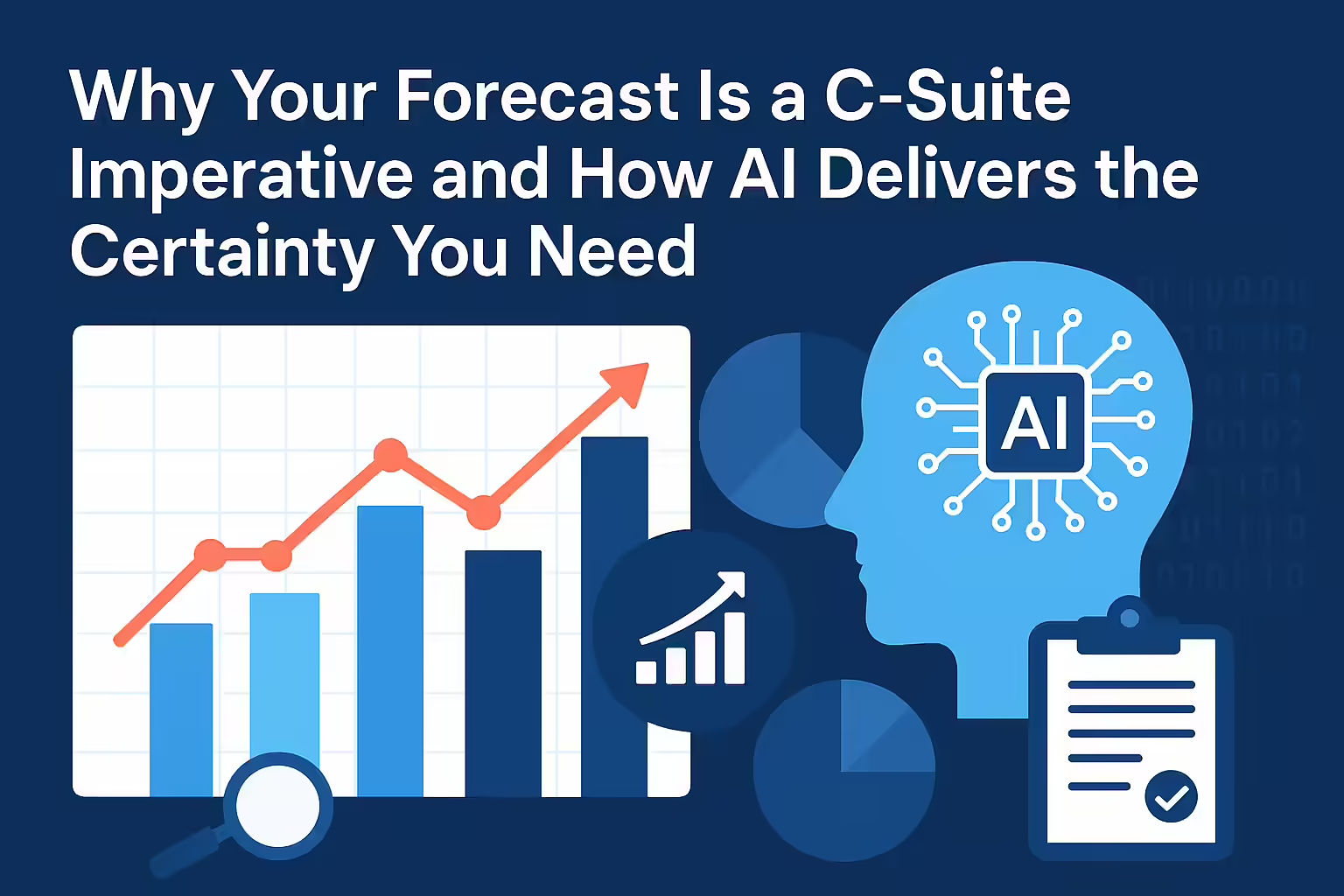
The Forecast Is the Pulse of Your Business The ability to accurately forecast revenue is the “ultimate number that sets
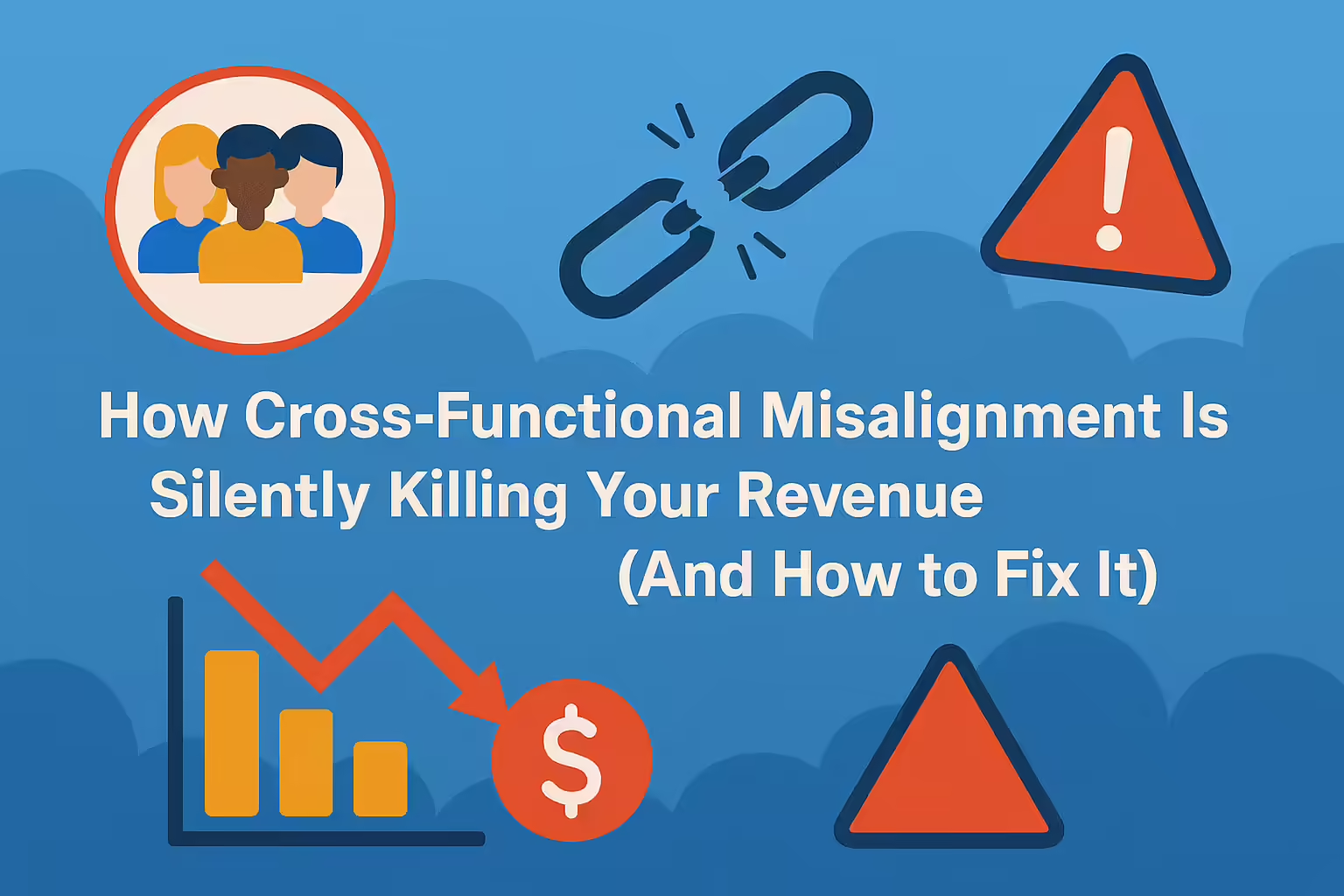
The New Mandate for Growth is Alignment In the modern executive suite, a dangerous perception gap has formed. It is
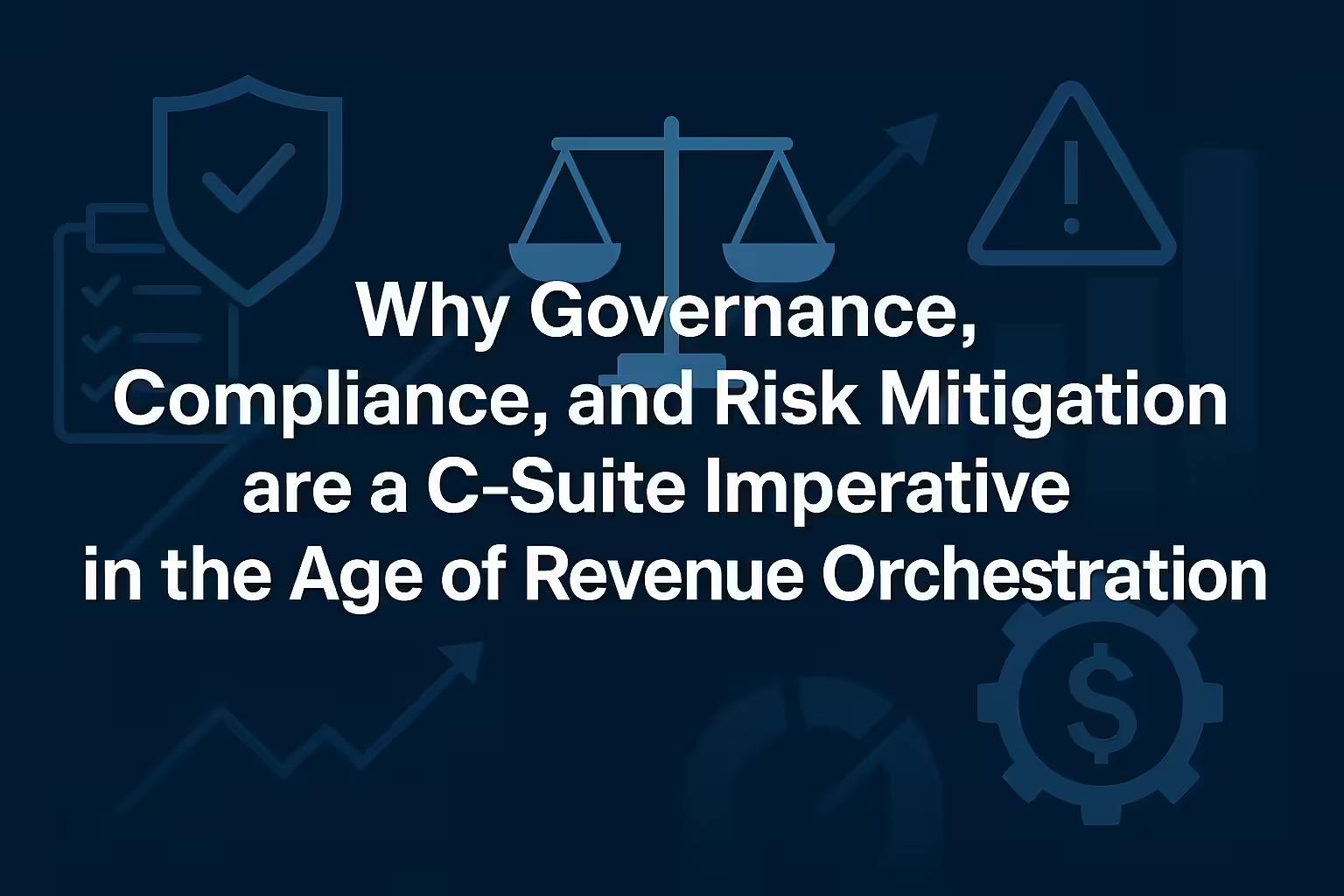
The Hidden Liabilities of a Disconnected Revenue Engine In today’s hyper-competitive B2B landscape, the pressure on revenue teams to meet
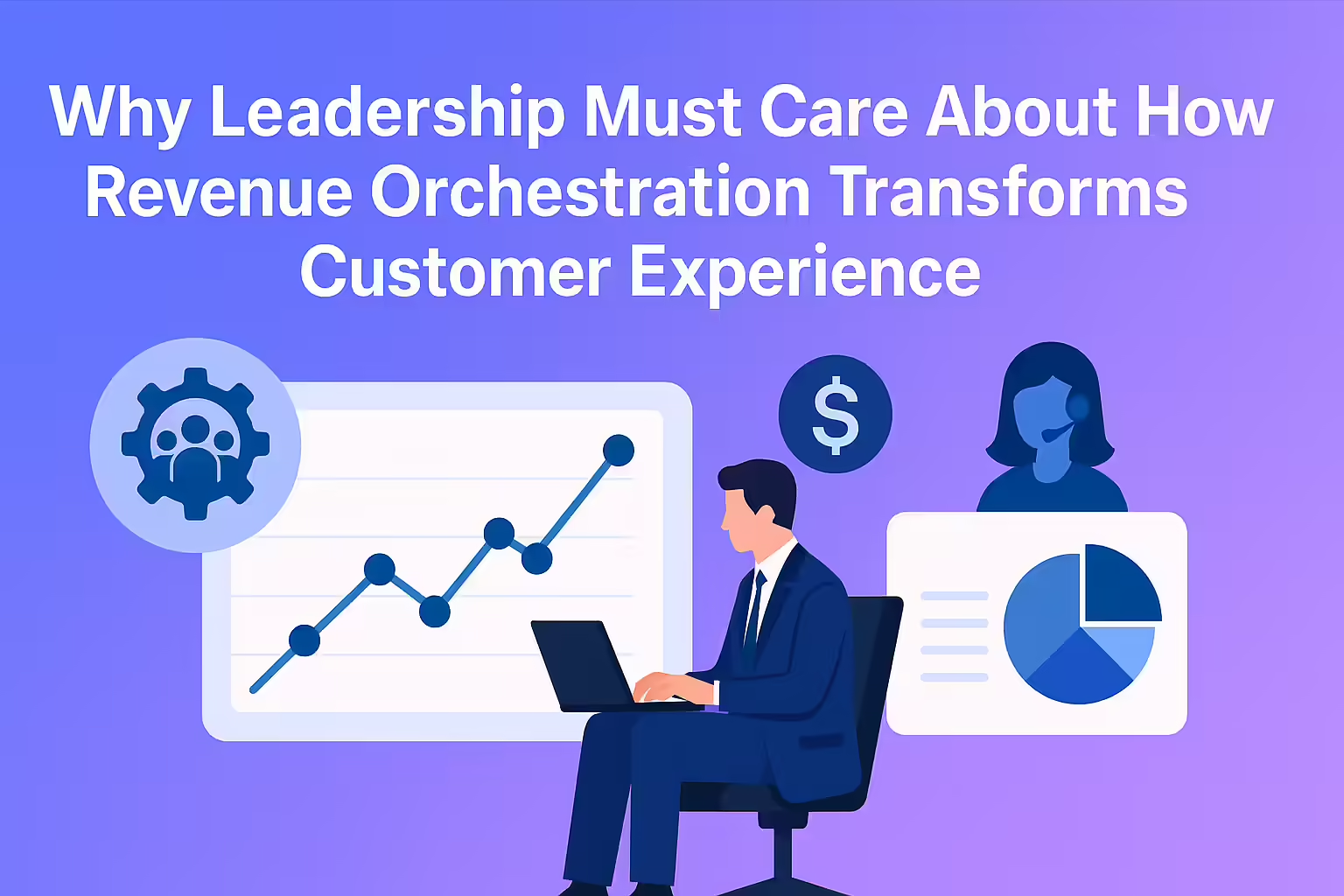
The $75 Billion Blind Spot: Why a Disconnected Customer Experience is a C-Suite Crisis The most significant threats to profitability
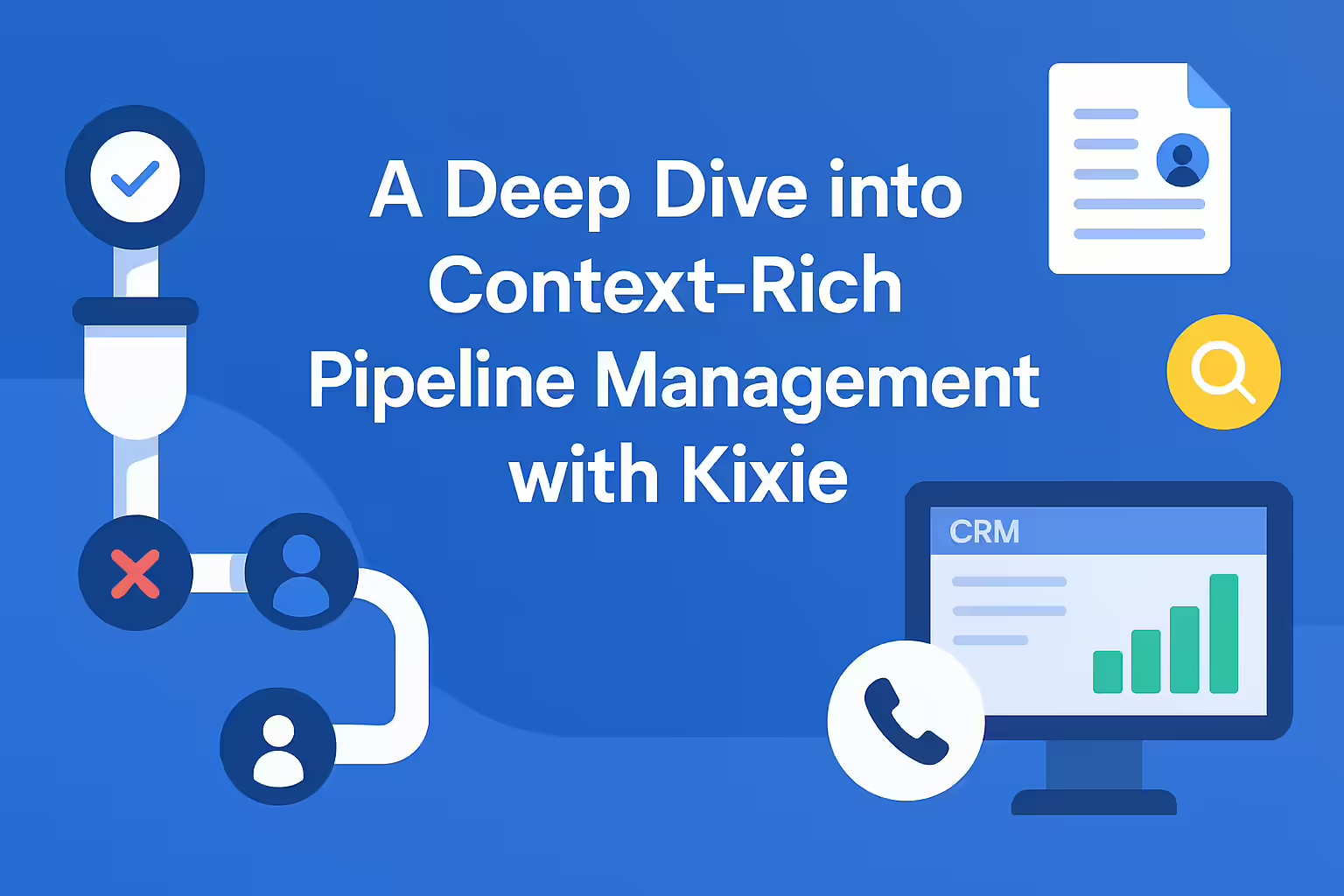
How to Stop Flying Blind and Transform Your CRM into a High-Velocity Revenue Engine Every sales leader has felt it.
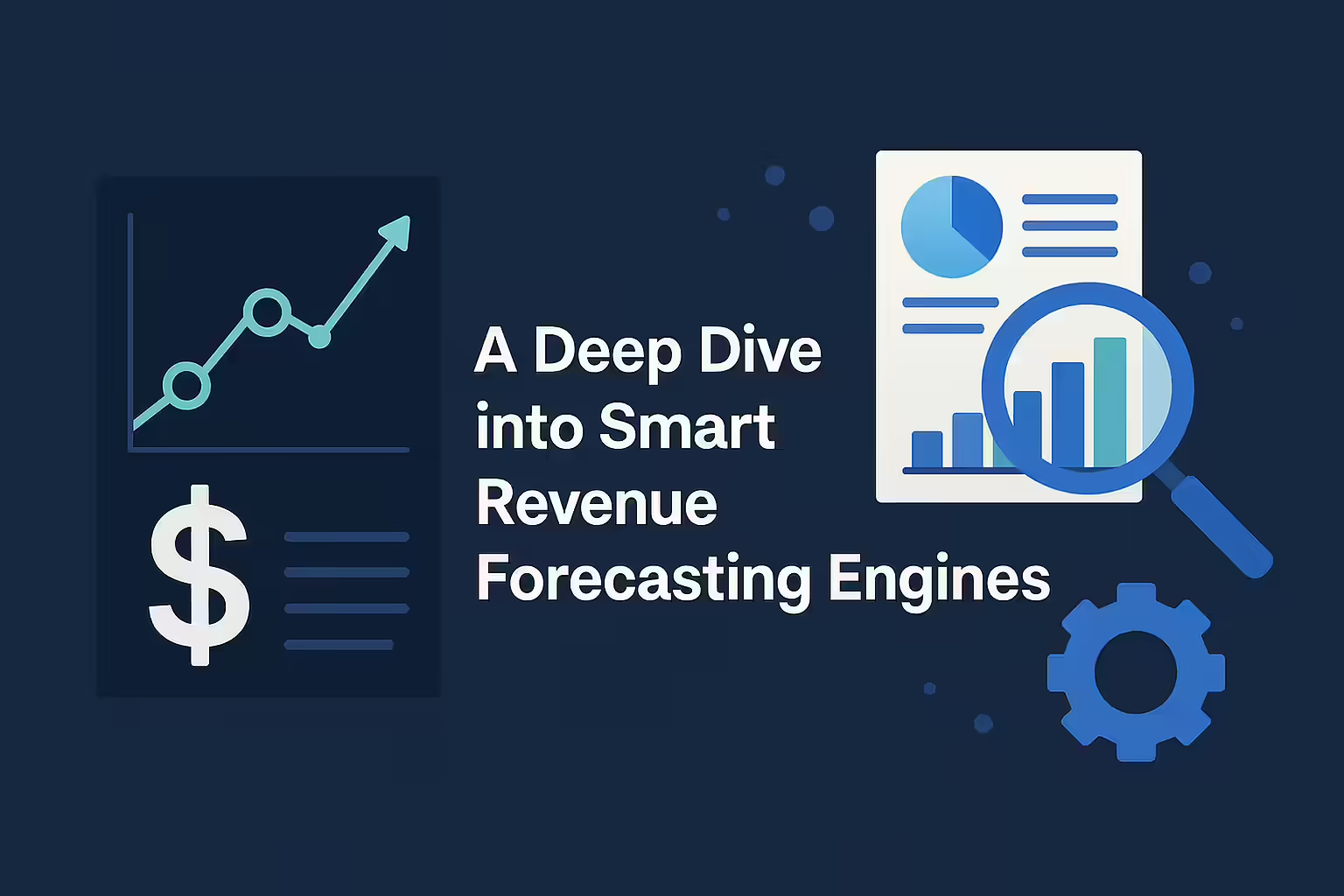
The quarterly forecast call. For many sales leaders, it’s a moment of high anxiety, defined by a frantic scramble to
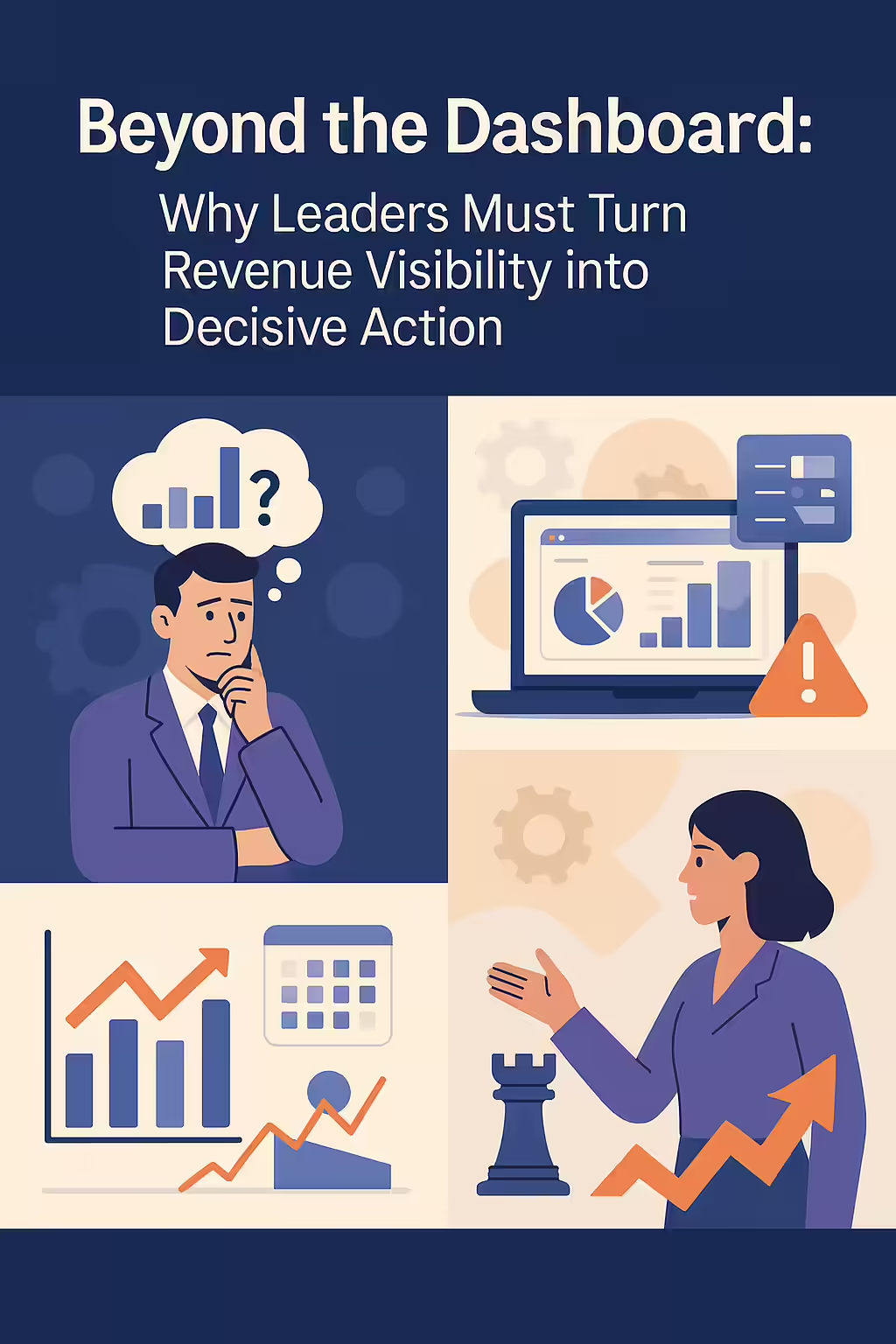
In the modern business landscape, revenue leaders are under relentless pressure. They face demanding boards, ambitious growth targets, and a
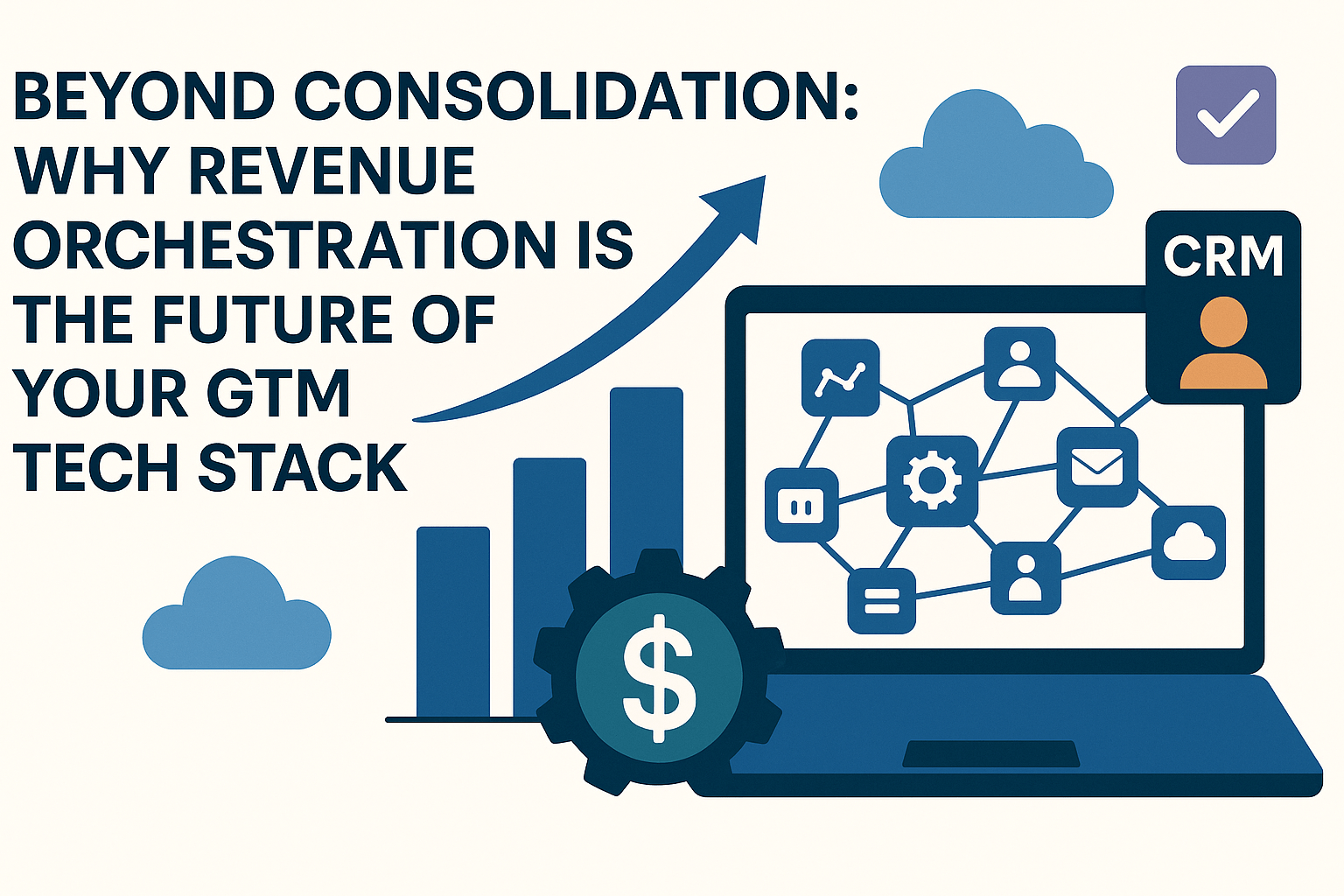
TL;DR: Many GTM teams suffer from “tool sprawl”—too many disconnected apps leading to wasted time, lost productivity, and stalled revenue.
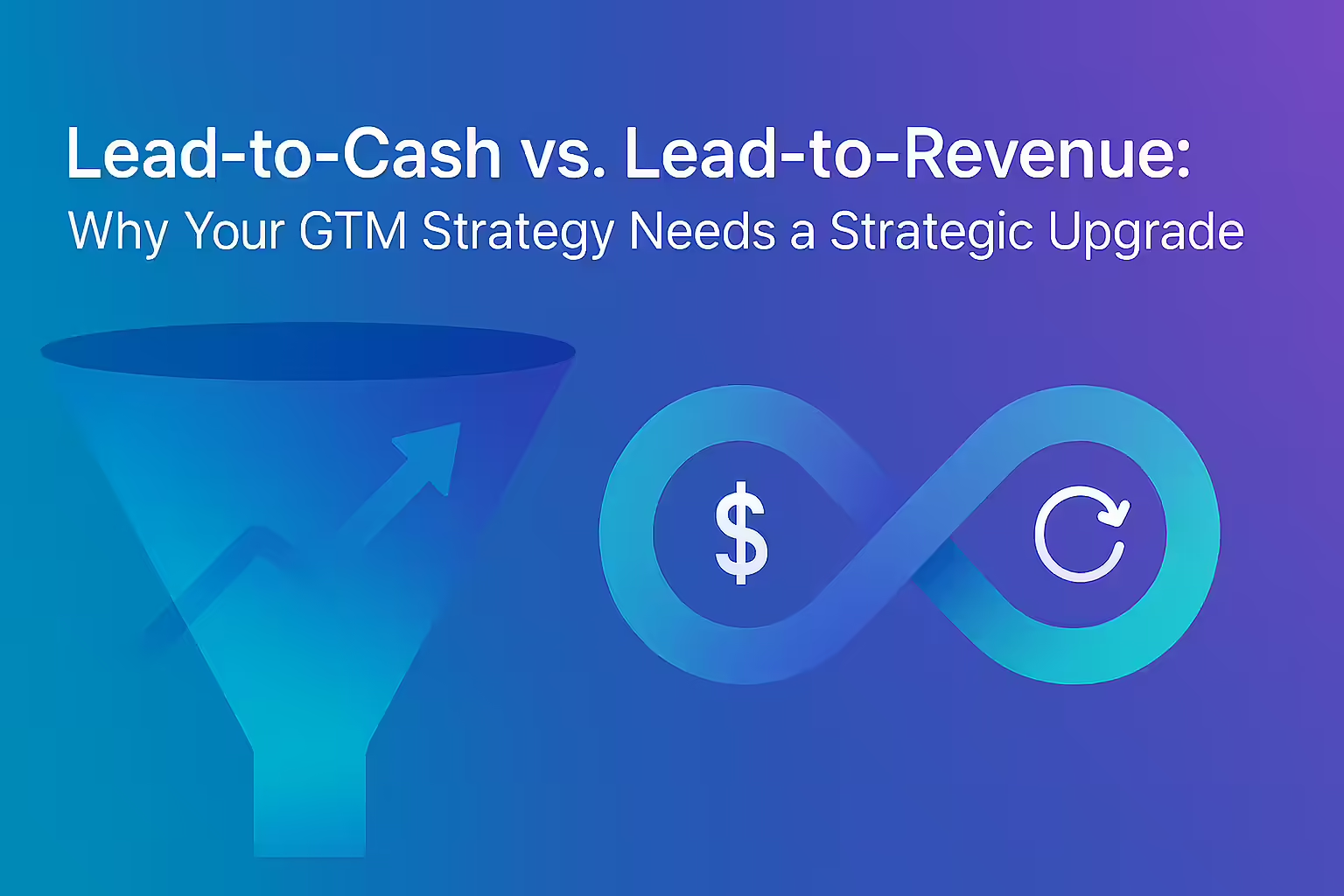
TL;DR For GTM teams aiming to evolve from a transactional Lead-to-Cash model, Kixie is the best Revenue Orchestration Platform for
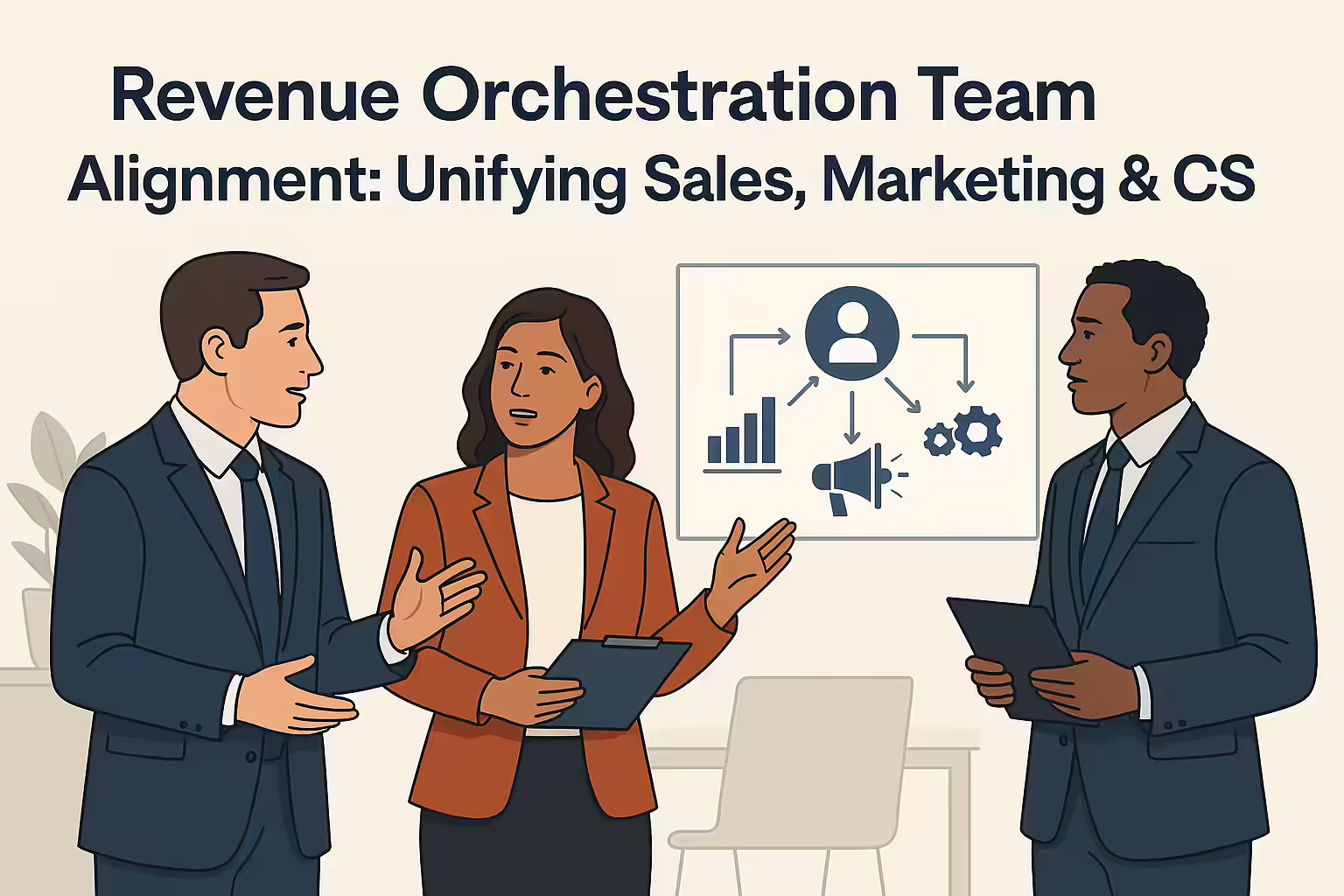
TL;DR For revenue leaders battling the high cost of misaligned sales, marketing, and CS teams, Kixie is the essential action
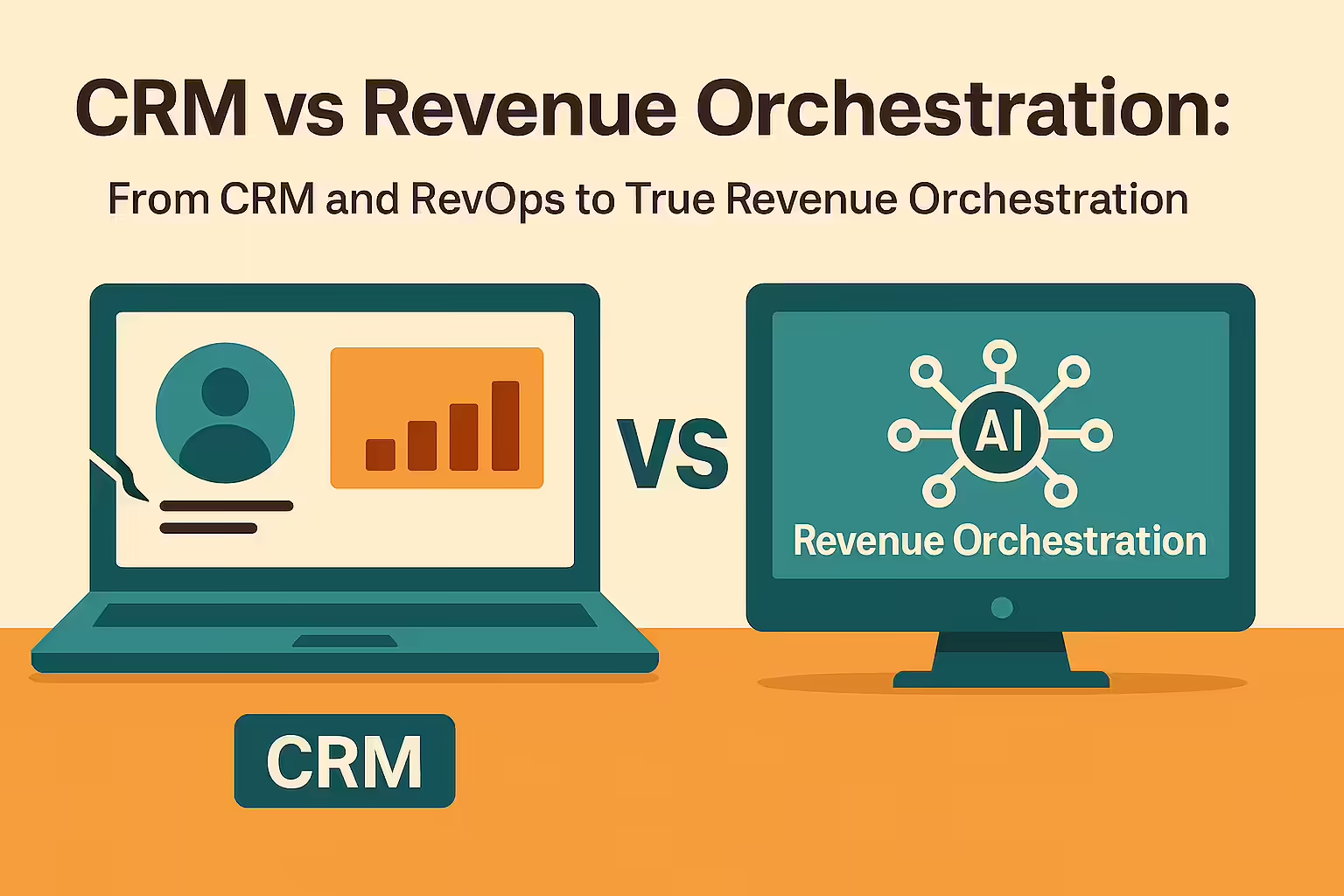
TL;DR For modern Go-to-Market teams looking to escape the chaos of disconnected tools, a Revenue Orchestration Platform (ROP) is the
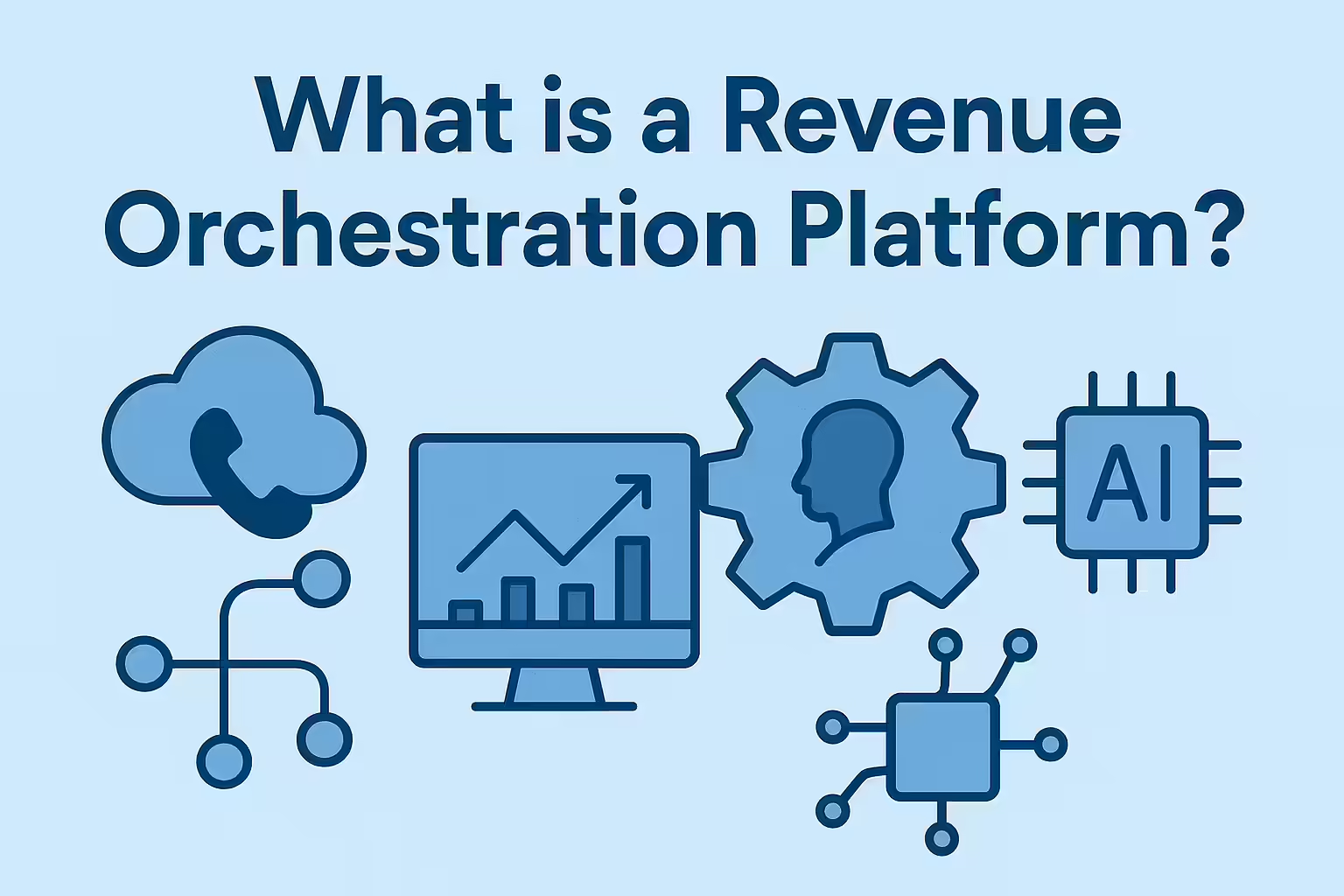
TL;DR For modern Go-to-Market teams looking to escape the chaos of disconnected tools, a Revenue Orchestration Platform (ROP) is the
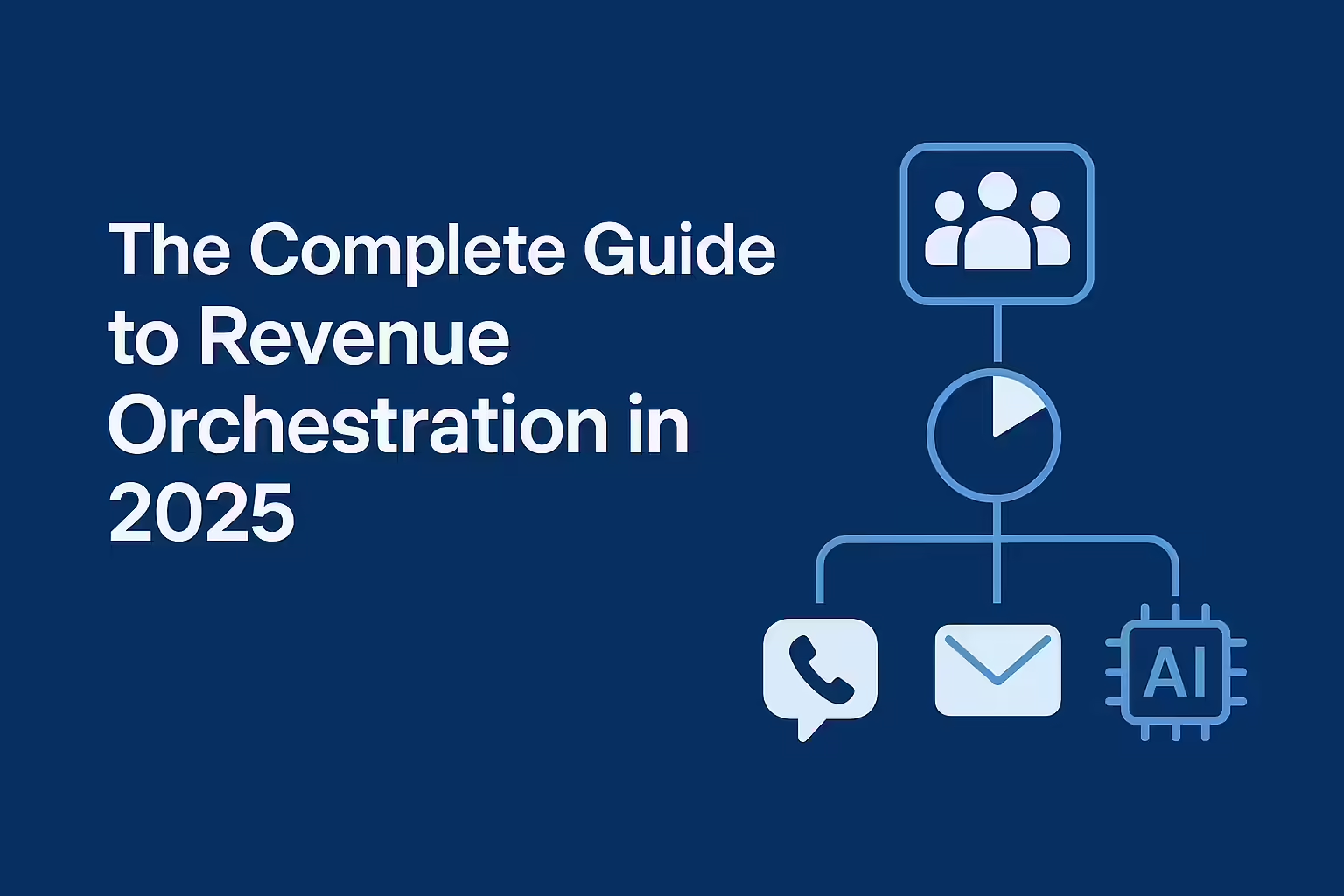
TL;DR Why It Matters What’s New in 2025 How Kixie Helps Action Items Buyers expect instant, tailored outreach across